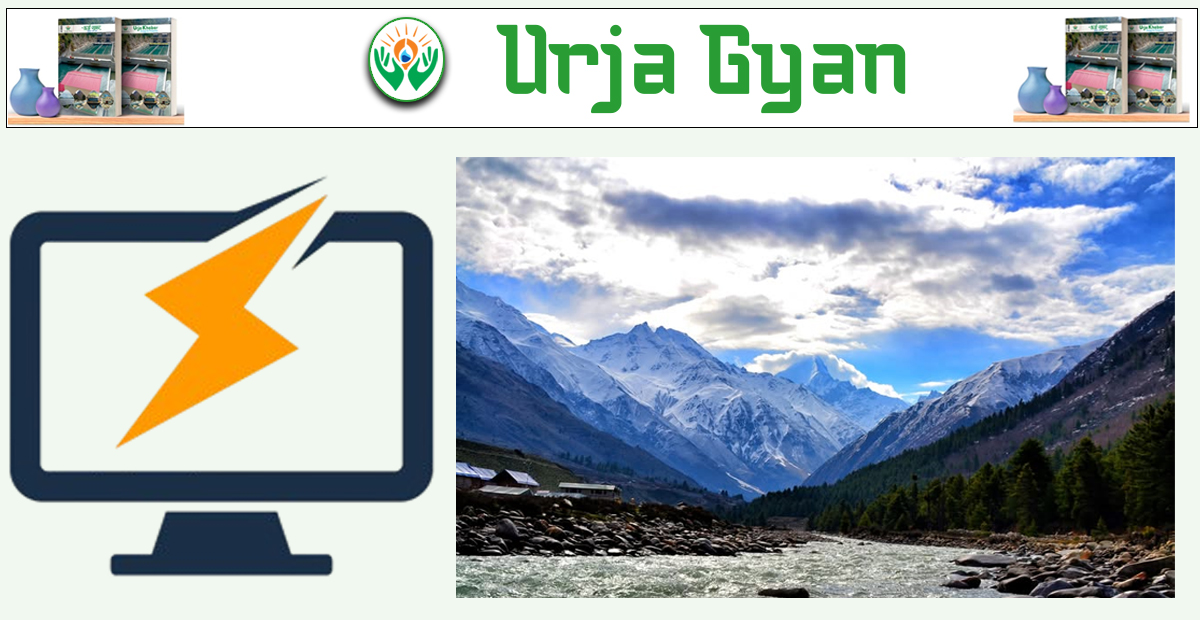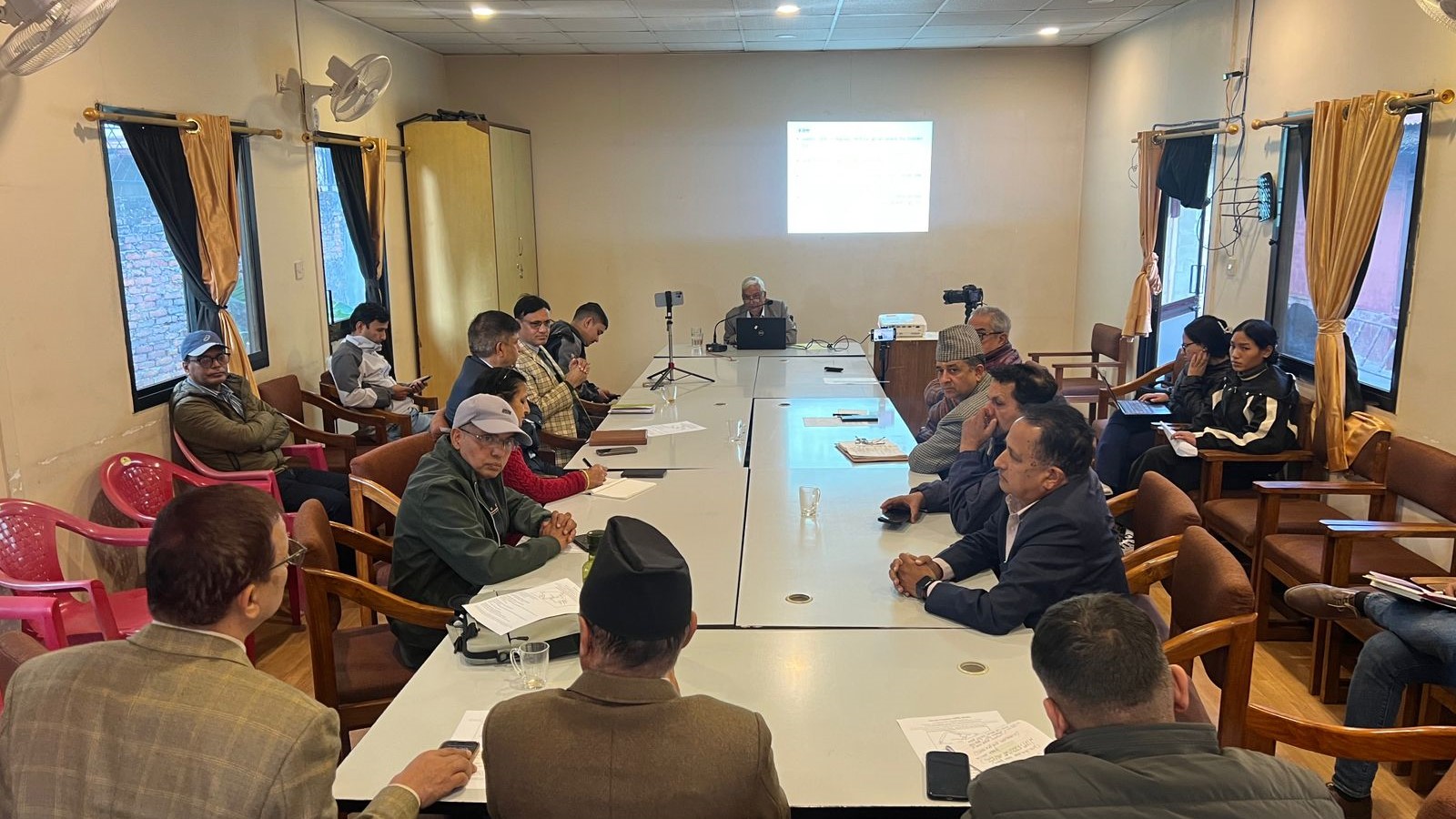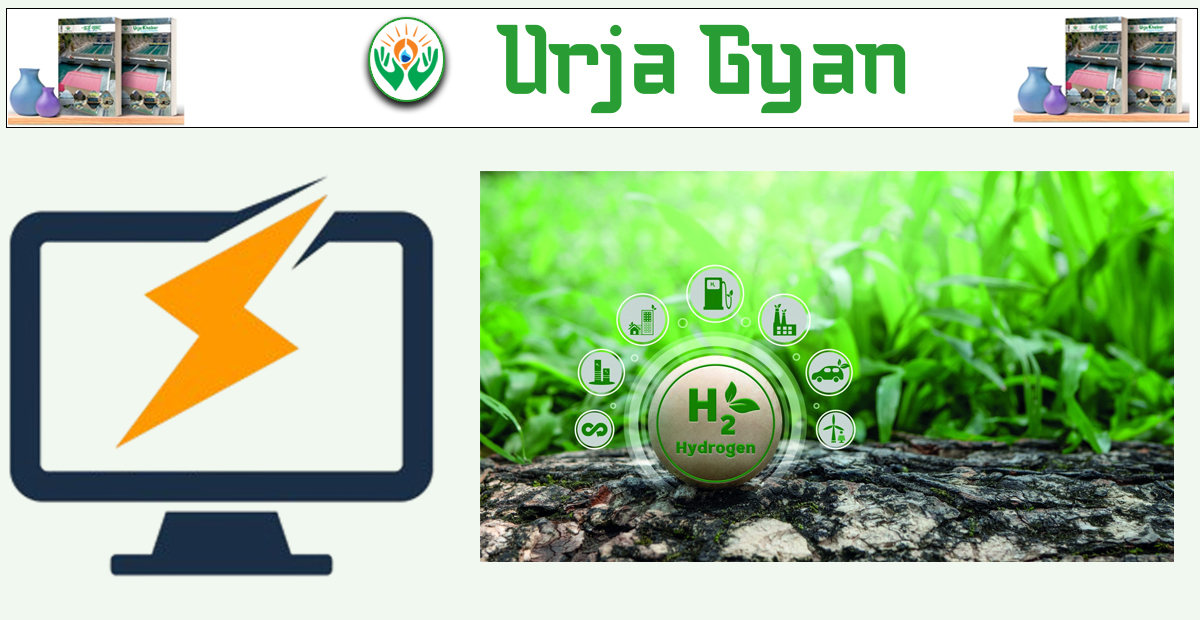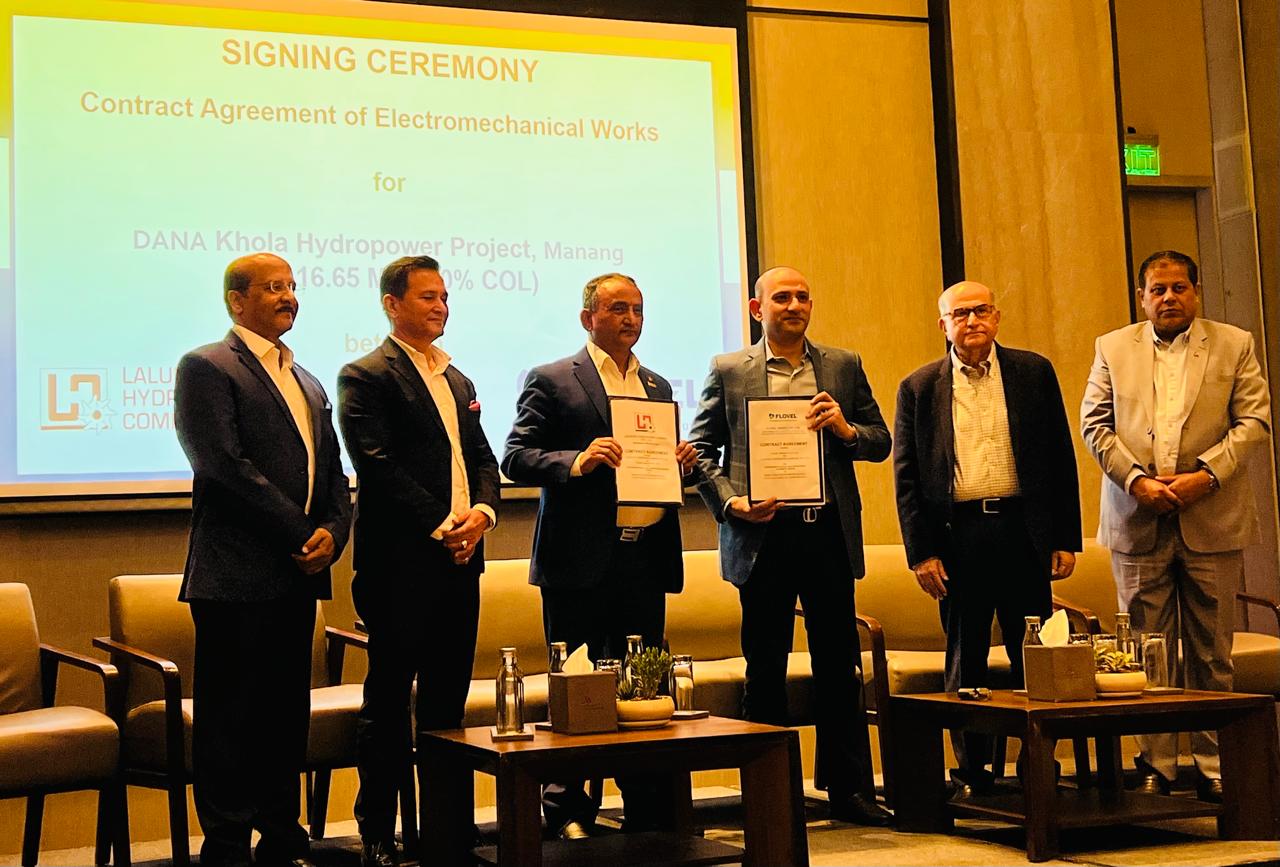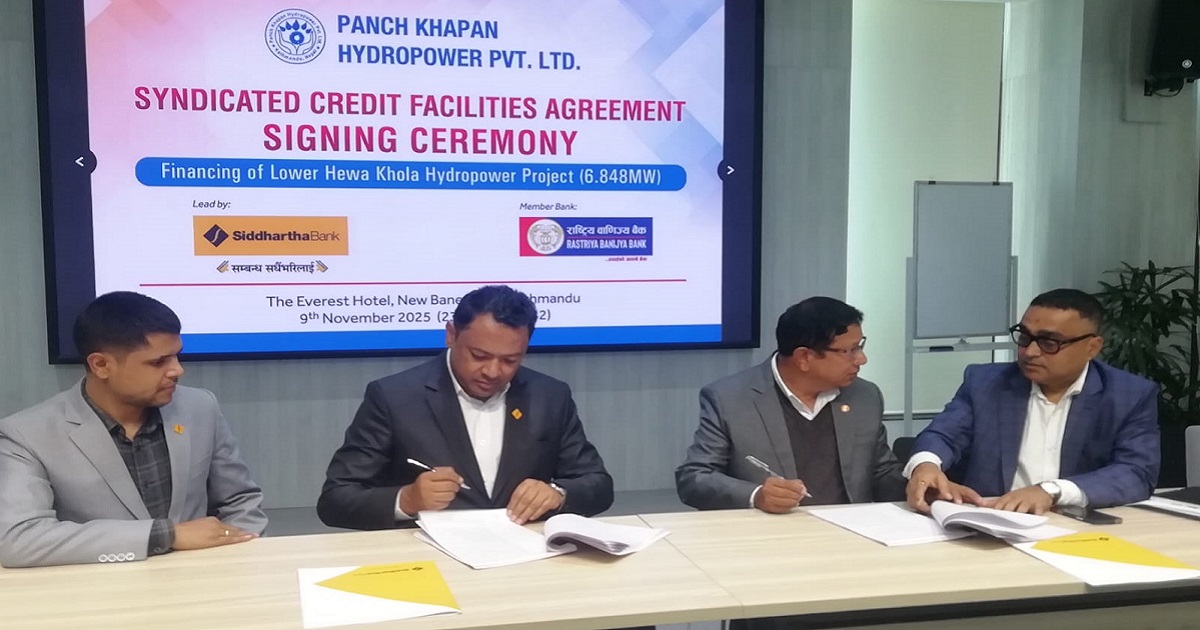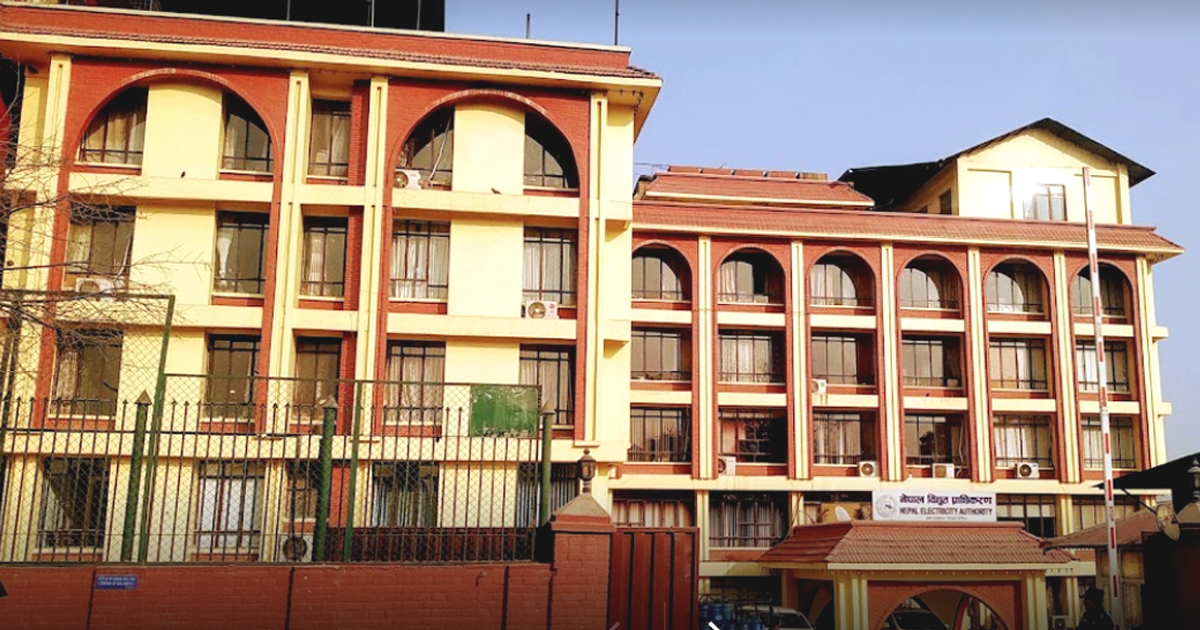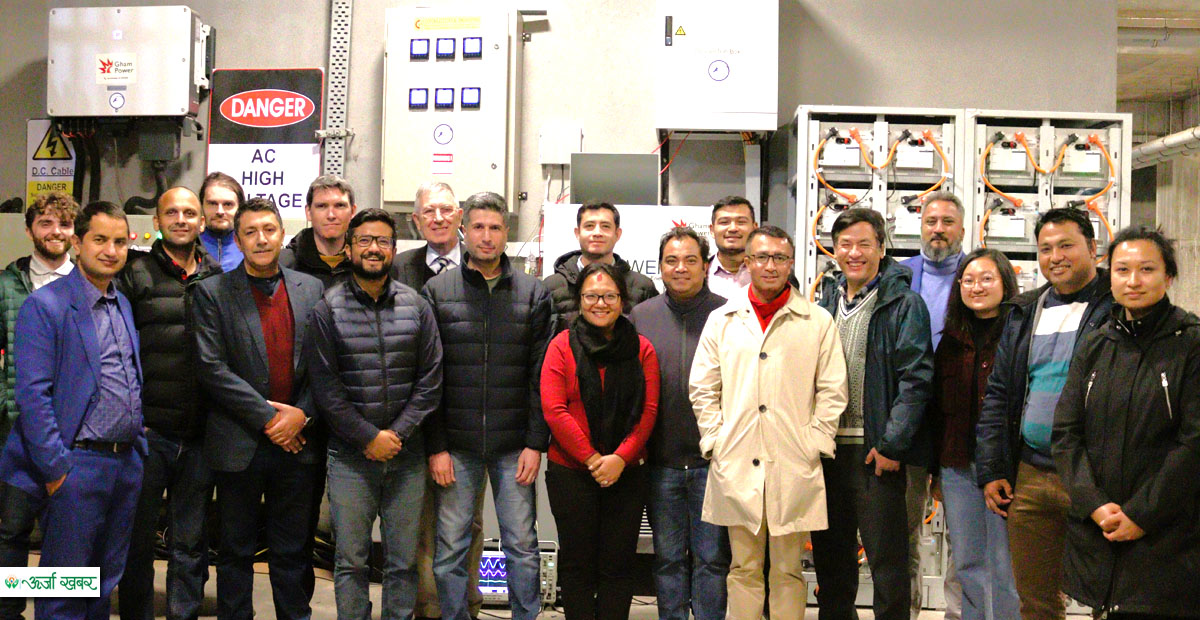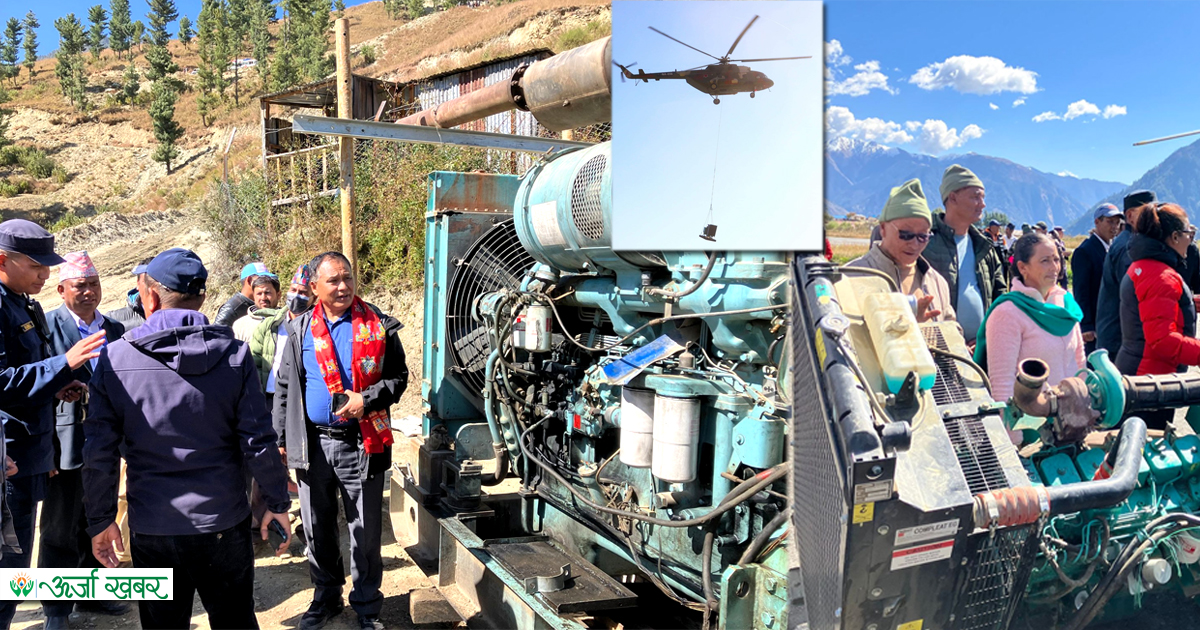Energy Update
Nepal-India Sign MOU to Establish JV Company for Construction of Two Cross-Border Transmission Lines
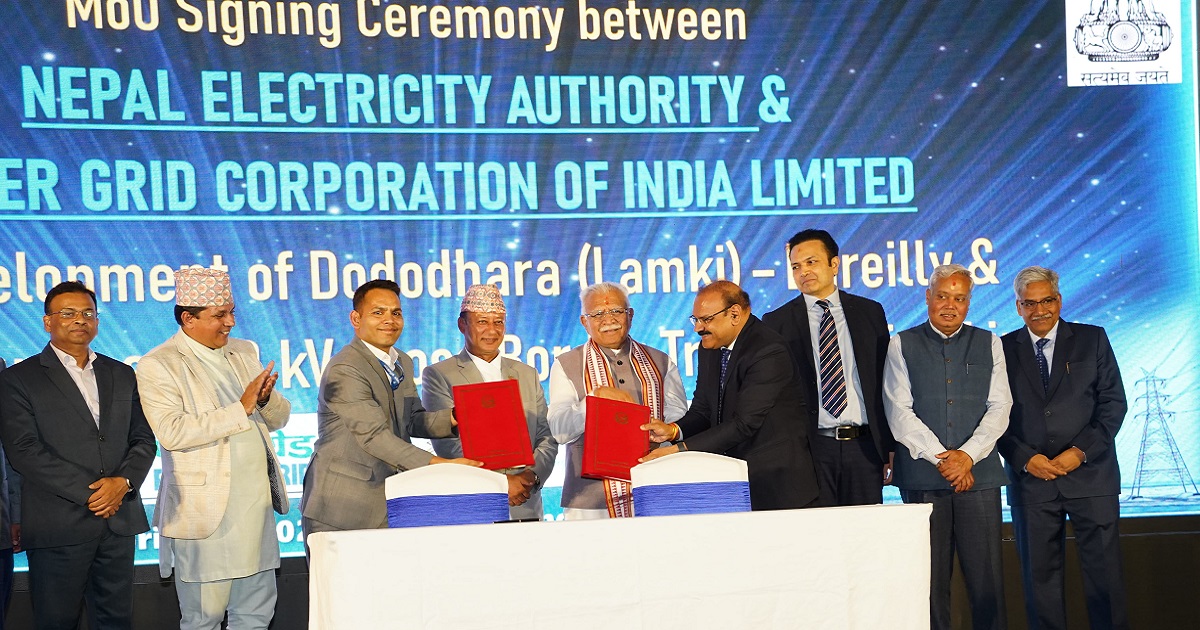
Kathmandu: Nepal and India have signed a Memorandum of Understanding (MoU) to establish a joint venture (JV) company for the construction of two cross-border transmission lines. The MOU was signed on Tuesday in the presence of Nepal’s Minister of Energy, Water Resources, and Irrigation, Deepak Khadka, and his counterpart Manohar Lal Khattar, who is currently on a two-day visit to Nepal.
The MoU follows the decision made during the 12th meeting of the Nepal-India Joint Steering Committee (JSC) held on January 13, 2025, in New Delhi. The committee had resolved to form a JV company to develop the 400 kV Inaruwa–New Purnia and Dododhara (New Lamki)–Bareilly cross border transmission lines.

The MoU was signed by Kamal Acharya, Director of the Grid Development Directorate at the Nepal Electricity Authority (NEA), and Dr. Yatindra Dwivedi, Director of Power Grid Corporation of India Ltd. As per the agreement, the JV company to be established in Nepal will have a 51% Nepali ownership, while the one in India will be 51% Indian-owned, with the remaining 49% held by the other country respectively.
The Inaruwa–New Purnia transmission line will span approximately 25 kilometers within Nepal and 100 kilometers within India. Likewise, the Dododhara–Bareilly line will stretch around 35 kilometers in Nepal and 150 kilometers on Indian side.

At the signing ceremony, Minister Khadka highlighted the importance of this agreement in advancing energy development in both countries. He expressed gratitude to India for its continued support in Nepal's energy sector and remarked that these transmission lines symbolize more than infrastructure—they represent a shared journey towards connectivity, trust, and sustainable development.
He also emphasized India’s proactive role in the development of major hydropower projects in Nepal, including Arun III, Lower Arun, Arun IV, Phukot Karnali, Upper Karnali, West Seti, and Seti River-6. Khadka noted that the export of electricity from Nepal to Bangladesh via the Indian grid on November 15, 2024, marked a golden chapter in Nepal's energy history.
Similarly, Khattar, Indian Power Minister stated that the progress made in the energy sector signifies the deepening relationship between the two nations. Recalling the Joint Vision Statement issued in 2022, he noted significant strides in trilateral cooperation through joint generation, cross-border infrastructure, and electricity trade. He expressed optimism that ongoing projects, such as the 400 kV Gorakhpur–Butwal transmission line, will further strengthen bilateral energy security. He also described the export of Nepali electricity to Bangladesh via India as a historic milestone.
Suresh Acharya, Secretary of the Ministry of Energy, Water Resources, and Irrigation, spoke of Nepal’s immense hydropower potential. He noted that the electricity generated in Nepal could be used both domestically and as green energy across the region. The agreement to develop cross-border transmission lines, he said, will serve as a cornerstone for this potential.
The event was also attended by key officials, including Chairman of the Electricity Regulatory Commission Dr. Ram Prasad Dhital, Director General of the Department of Electricity Development (DOED) Nabin Raj Singh, Managing Director of NEA Hitendra Dev Shakya, and Independent Power Producers’ Association, Nepal (IPPAN) President Ganesh Karki and senior officials from the Ministry of Energy.
Conversation
- Info. Dept. Reg. No. : 254/073/74
- Telephone : +977-1-5321303
- Email : [email protected]






